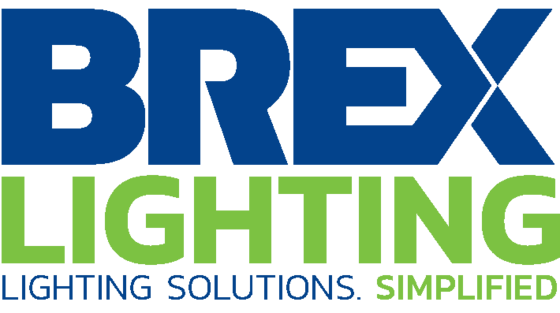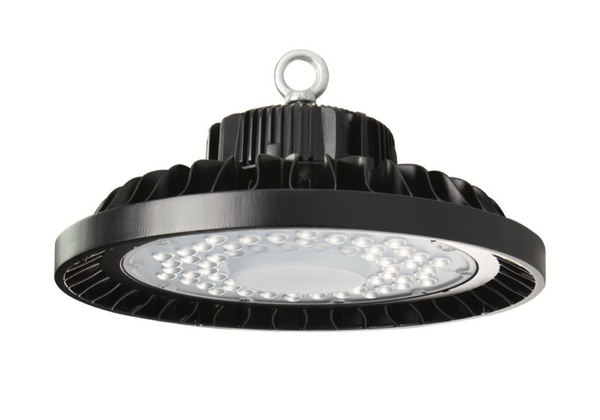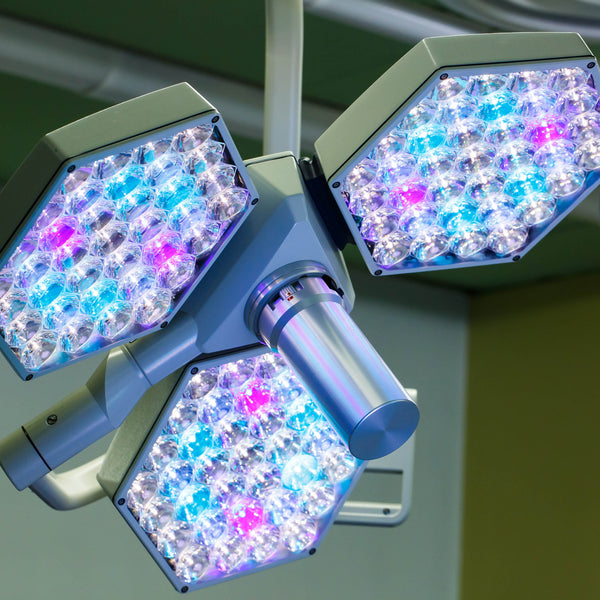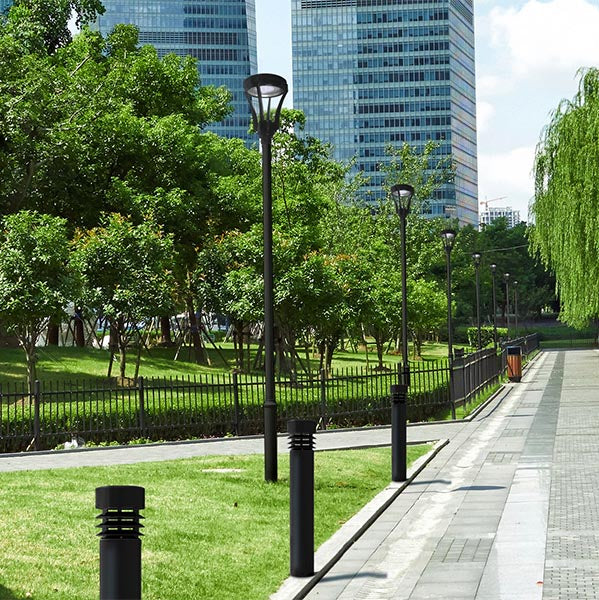A Family That Goes Together Stays Together

June 30, 2017
Because walkability has been recognized as a valuable community feature, a number of organizations have attempted to quantify and measure it.
Walkability is the extent to which a neighborhood encourages walking for function and recreation. A walkable community has all its key amenities in easy walking distance.
What helps with the synergy of this experience is a family of lighting products. You should have all of your lighting products go together and complement one another. From the LED bollards to the LED post tops and even bring that light synergy into the buildings and businesses. Brex Lighting is one of those companies that really takes this concept to heart. It’s tricky to find a LED bollard that complements a LED post top and then also looks good with the LED highbays. A family of lighting products is what you will find with Brex Lighting.
Currently, the way walkability is measured is with a Walk Score. It assigns scores between 0 and 100—the closer and more accessible the location is to amenities, the higher it’s Walk Score.
Of course, it’s not just the quantity of walking that matters, but the quality of the lighting that promotes people to want to walk around. Walkable spaces should be enjoyable and safe places to shop, visit, and live. Walk appeal attempts to understand and measure how these abstract factors can be used to improve walkability.
Walkable communities are wealthier, healthier, and happier, and that’s no exaggeration. A high walking frequency is the hallmark of a healthy community.
With all the benefits, it’s no surprise that many planners are looking for ways to make their communities more walkable. They start with the lighting plan. Designers and Builders have to make sure that walkways, shopping centers, and entertainment areas are not only well lit, but beautifully designed with a family of products. Some walkability improvements require long term planning, but many can be completed by local groups and businesses that take initiative. In the end, a more walkable city is better for everyone.
Walkability makes it easy for residents to take more trips by foot. It is a highly desirable neighborhood feature, and like any other desirable feature, it increases property values.
According to Walk Score, 1 point is worth $3 K in home value, or an extra 0.9 percent. The results are much more pronounced in cities with a high population density; a Walk Score point increases home value dramatically in dense urban centers like Washington DC (1.22 %), but is less important in low-density Orange County (0.02%). Because of its impact on property values, real-estate agencies routinely include walk scores on their property listings.
An independent 2009 study1 combined data from the National Council of Real Estate Investment Fiduciaries (NCREIF) and Walk Score to analyze the impact of walkability on all property values, including retail, industrial and investment properties. It found that one Walk Score point increases property values by 0.5 to 0.8 percent, depending on property type.
Even if you have no vested interest in real-estate values, living in a walkable neighborhood is still good for your pocketbook. Vehicle ownership and maintenance is the second largest expense for most North American families. The ability to lower—or even eliminate—that expense by taking more trips by foot frees up money for other uses.
Because of all the benefits of having a family of products, it directly effects walkability, realtors and municipalities are eager to quantify it for analysis. In decades past, the cost of such large-scale data collection would have been prohibitive, but recent developments in open source data have made it inexpensive and easy to access.
The most well-known walkability index is Walk Score. It takes its source data directly from Google, Education.com, Open Street Map, the U.S. Census, Localeze, and places added by the Walk Score user community. Each address is assigned a rank between 0 and 100.
|
90-100 |
Walker’s Paradise |
|
70-89 |
Very Walkable |
|
50-69 |
Somewhat Walkable |
|
25-49 |
Car-Dependent |
|
0-24 |
Car-Dependent |
The score is determined by analyzing walking routes to nearby amenities. Maximum points are awarded for amenities within a 5-minute walk that are beautifully lit, with diminishing points for more distant destinations. The score also considers pedestrian friendly factors like block length and intersection density.
Walk score uses numeric measurements like distance and density because they are easy to analyze—the resulting score provides a good overall indicator of walkability, but not the complete picture.
There are many interdependent factors that contribute to community walkability, and the Walk Score system doesn’t account for all of them. First, it weighs all destinations equally. Any one of twenty-four identified amenities count equally towards a Walk Score1.
That system may sound fair, but studies have shown that only groceries, schools, banks, restaurants, and bars have a significant impact on real-world walking1. That flaw can artificially inflate the Walk Score in areas that are actually missing essential amenities.
Walk score also fails to account for sidewalk connectivity and width. Unfortunately, living close to all your favorite shops has limited value if the route lacks safe sidewalks. This is where the family of products comes in to play and helps. Adding something as simple as a bollard will turn a dangerous sidewalk into a safe and pleasant one. So next time you are planning that park, shopping center, or neighborhood think about a family of products to enhance your vision and contact Brex Lighting.



